Why I love the iPad Pro — and what Apple needs to change
A great tablet missing a few key features
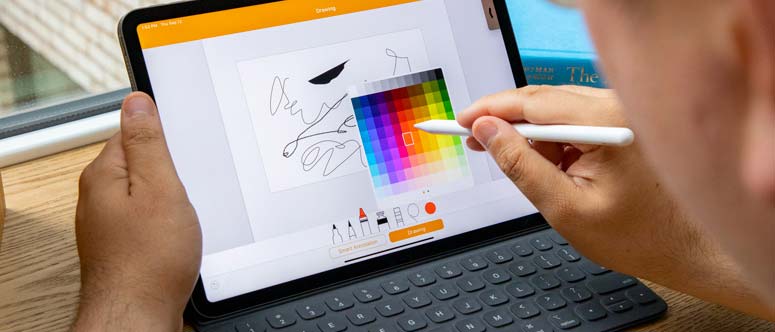
I always liked the iPad, but when I used the 2018 iPad Pro, I finally started to believe Apple's argument that its tablets could replace my laptop. But the more I use it, the more I realize that iPadOS might need to break some of the central rules built into the operating system from its iOS days, to be ready.
Yes, 10 years into the iPad's history, Apple's reached some excellent highs with this hardware, but the software is arguably holding this device back from being a masterful tool for creatives. The Shortcuts app may be allowing some industrious folks to test the tablet's limits, but users shouldn't be forced to create workarounds, but instead be given a more perfect machine.
So, let's break down how far the iPad's come, and where it needs to go, to be an even better computing device well before 2030.
Why the iPad Pro is amazing
Remember when people mocked the original iPad as a giant iPhone, they probably didn't realize that the tablet would one day be a much better large iPhone. The 2018 iPad Pro improves on the iPhone 11 (and iPhone X) designs by ditching the notch, thanks to having enough space in the bezel for not one but two TrueDepth cameras for Face ID at multiple angles.
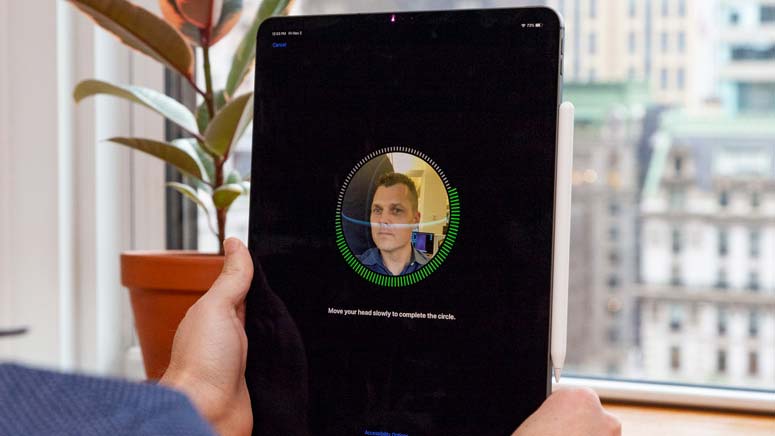
Since a tablet is most defined by its display, we should go over how the 12.9-inch iPad Pro's screen is great for more than just its high brightness (484 nits) and sRGB color gamut rating (128.4%). While iPads have always had the smoothest scrolling in any tablet I've ever seen, the newer iPad Pros are the only devices to feature the supersmooth ProMotion technology for up to 120Hz refresh rates, which is rumored to come to Apple's iPhone 12.
Oh, and the A12X Bionic CPU is faster than any tablet processor needs to be, enabling Geekbench scores that crushed laptops and fast 4K video editing.
The perks of the iPad Pro continue with its battery life, with the 12.9-inch iPad Pro (13 hours and 14 minutes) lasting longer than an hour than the 10.2-inch iPad (11:58) on a web-browsing battery test (web browsing at 150 nits of brightness).
Sign up to get the BEST of Tom's Guide direct to your inbox.
Get instant access to breaking news, the hottest reviews, great deals and helpful tips.
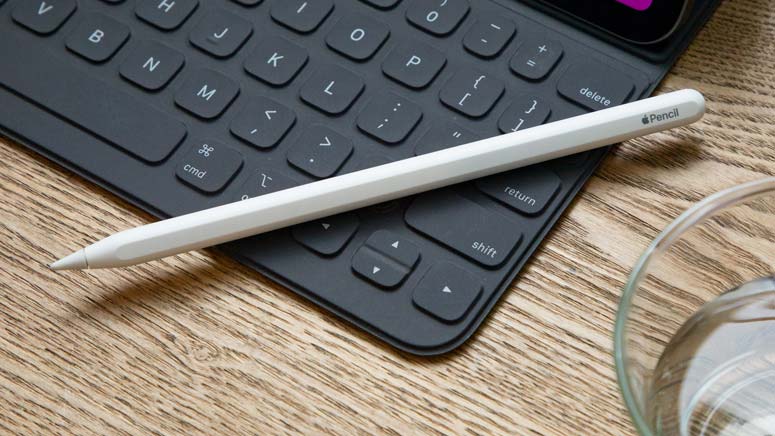
And as much as I want to thank Apple for finding a way to dock the Apple Pencil on the top edge with its 2nd Gen version, they never should have had you charge the stylus by plugging it into the Lightning port on the bottom, like you're taking its temperature.
Recent additions help
In 2019, we saw iPadOS debut and everyone found a hidden feature for third-party mouse support. It turned out to be a bit shy of a full-fledged option, as it's an accessibility feature. Brydge, makers of fine attached iPad keyboards, is going to release a Pro+ keyboard with trackpad in March, bringing the iPad even closer to a traditional laptop.
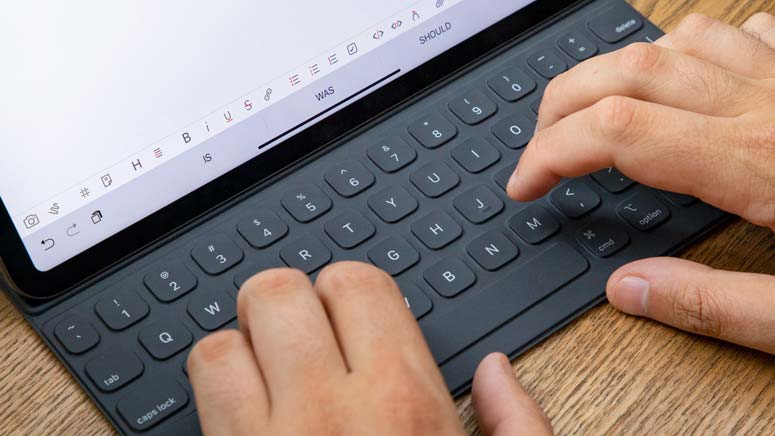
Of course, this would all be better if it came from Apple itself, and was made for mass consumption. Probably Apple thinks it's all not needed, and I'm kind of inclined to agree with them.
iOS/iPadOS apps are designed for touch, so it wouldn't exactly make sense with a lot of work. That would create the same problem you see with Android apps on Chromebooks.
What Apple needs to change on the iPad
Over the years, Apple's really pushed the idea of multitasking on the iPad, as a process of juggling apps (up to three) on the screen at once, with the ability to stack apps in the slide-over view. I'd challenge Apple to rethink multitasking on the tablet, though, as iPadOS' limitations are still getting in the way.
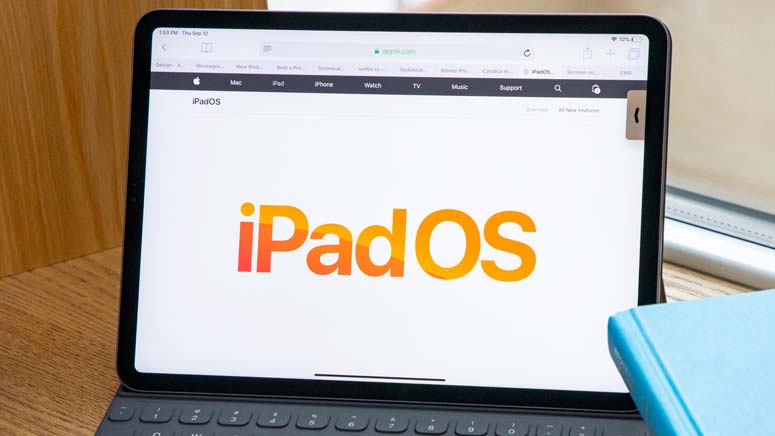
The big difference between an iPad and a MacBook is how apps can or cannot work together. Although Apple's got a video to show that you can podcast on an iPad, it's based on a premise that Anchor is a podcasting app that everyone can use, whereas it's just made for creating episodes to serve and host on Anchor, which a lot of podcasters can't do.
For the shows I've made, I've recorded the audio in one app and conducted the conversation in another. Maybe that's an outlier for creative work, but if Apple could adjust iPadOS to allow for specific, approved apps to work in harmony it could make the iPad more nimble as a machine.
For podcasting, Skype and Voice Memos could collaborate. For streaming gaming, Twitch and Apple Arcade titles could unite. Artists could broadcast their drawing process if YouTube and Procreate or Linea Sketch meshed properly.
This isn't possible right now, because Apple keeps apps sandboxed, which is to say they're all separated. You can use the Share widget to send content from one app to another, but that's not enough for all situations.
The next 10 years
For the iPad to be a complete device for the creative class that Apple is always pushing its wares to, it has to rethink its established truths. Sandboxing is important for app security, but if exceptions, as suggested above, could be made, I wouldn't even worry about the mouse or keyboard or touchpad support.
The way our hands interact with devices change, can and will evolve — and so must the iPad's way of thinking about how we use apps. It still seems like a waste to have multiple apps visible at once if they can't work in harmony in real time.

Henry is a managing editor at Tom’s Guide covering streaming media, laptops and all things Apple, reviewing devices and services for the past seven years. Prior to joining Tom's Guide, he reviewed software and hardware for TechRadar Pro, and interviewed artists for Patek Philippe International Magazine. He's also covered the wild world of professional wrestling for Cageside Seats, interviewing athletes and other industry veterans.
